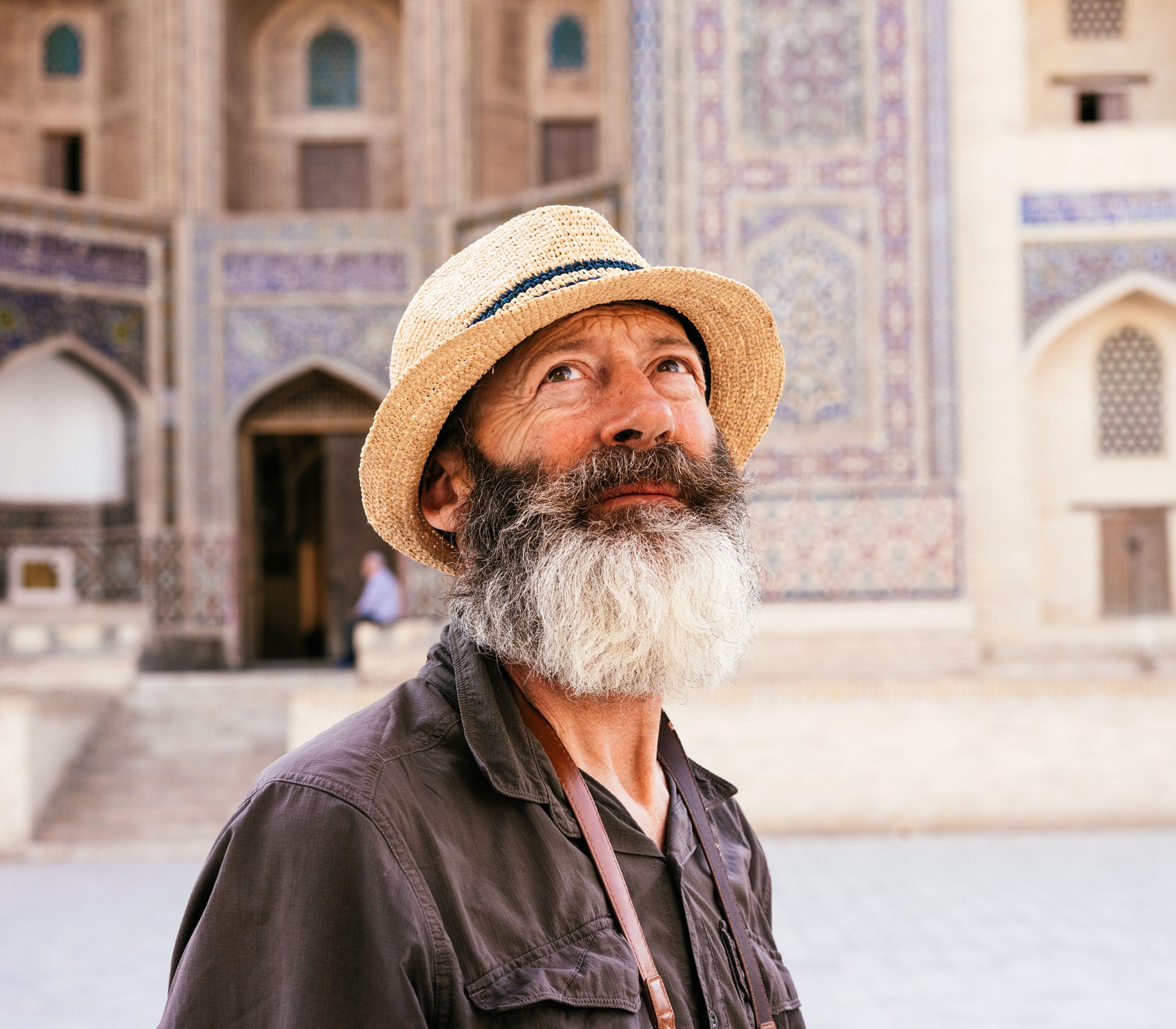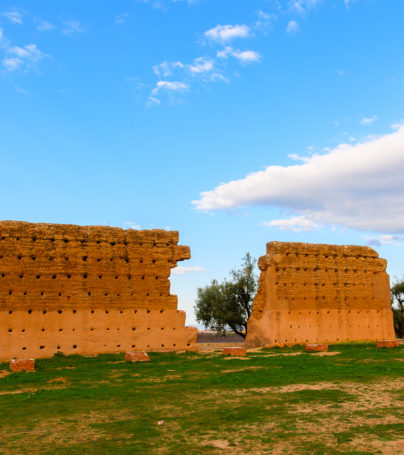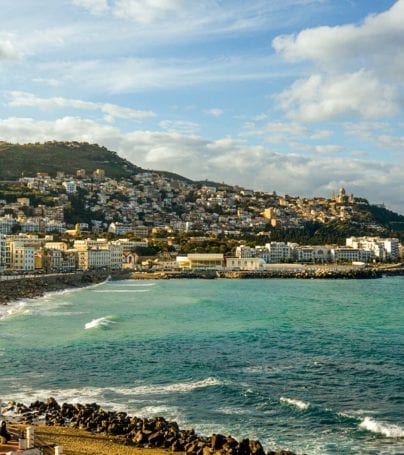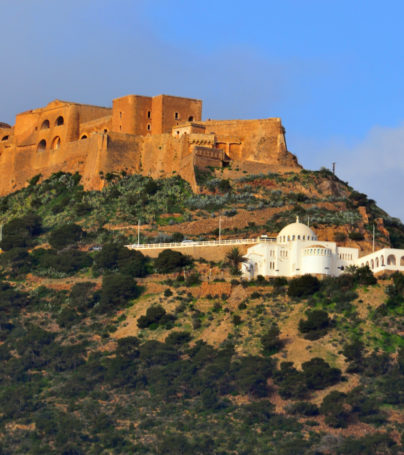Constantine Adventure Tours
Constantine is the capital of Constantine Province in northeastern Algeria, named after the emperor Constantine the Great. It lies slightly inland, about 50 miles from the Mediterranean coast. Regarded as the hub of eastern Algeria, it has a population of over 500,000 (750,000 with the agglomeration) making it the third-largest city in the country (behind Algiers and Oran). Constantine is on a plateau about 2,000 feet above sea level. The city is framed by a deep ravine, and is sometimes called the “City of Bridges” because of the number of picturesque bridges and the viaduct crossing the ravine, plus the additional bridges connecting surrounding hillsides. The city of Constantine was named the Capital of Arab Culture by the Arab League in 2015, and with its museums and university is a center of culture for the country of Algeria.
Constantine is the railhead of a prosperous and diverse agricultural area. Constantine is also a center of the grain trade and has flour mills, a tractor factory, and industries producing textiles and leather goods.
The city was originally settled by Numidian people, and was known as Sarim Batim. Later its name was Cirta, from the Phoenician word for “city.” Constantine was the capital city of the Numidia, a Berber empire that emerged in the 3rd century BC. The city was founded in 203 BC by King Micipsa, with the help of Greek colonists. She distinguished for the splendor of the public buildings and its population overcame that of all other towns of northern Africa. It had an army of 10,000 cavalry and 20,000 infantry. In 113 BC the town was conquered by Jugurtha. Later it served as base of the Roman generals Caecilius Metellus Numidicus and Caius Marius. In 107 BC the latter gained a victory over Jugurtha in the nearby of Cirta. With the suppression of King Juba I and the rest of the supporters of Pompey in Africa (46 BC), Julius Caesar gave special civil rights to a part of Cirta, under the name of Sittlanorum Colonia. It became the head of a confederation of four similar settlements in North Africa.
In 311, during the civil war between Emperor Maxentius and usurper Domitius Alexander (former governor of Africa), the city was destroyed. Rebuilt in 313, it was subsequently named after Emperor Constantine the Great, who had defeated Maxentius. Conquered by the Vandals in 432, Constantine returned to the Byzantine exarchate of North Africa from 534 to 697. It was conquered by the Arabs in the 7th century, receiving the name of Qusantina.
The city recovered and in 12th century was again a prosperous market, with connection to Pisa, Genoa, and Venice. Since 1529 it was intermittently part of Ottoman Empire, ruled by a Turkish bey (governor) subordinate to the dey of Algiers. Salah Bey, who ruled the city in 1770-1792, greatly embellished it and built much of the Muslim architecture still visible today.
In 1826, the last Bey, Ahmed Bey ben Mohamed Chérif became the new head of state and led a fierce resistance against French occupation forces. By 13 October 1837 the territory was reconquered by France, and in 1848 it was incorporated into the colony of Algiers (Algeria).
In World War II, during campaign in North Africa (1942-43), Constantine and the nearby city of Sétif were used by the Allied forces as operational bases.
Points of interest
- Gustave Mercier Museum (displays of ancient and modern art).
- Ben-Badis Mosque.
- the Casbah.
- Emir Abdel Kader University & Mosque.
- Soumma Mausoleum, at Khroub.
- the Palace of Ahmed Bey.
- ruins of the Antonian Roman aqueduct.
Nearby are the Roman city of Tiddis and the megalithic monuments and burial grounds at Djebel Mazala Salluste.
Customize Your Dream Adventure
We are here to help craft tailor-made adventures for individuals, couples, families, and groups of explorers.



